Sony Xperia 1 VI Review: Xperia goes mainstream?

Sony Xperia 1 VI Intro
Sony unveiled the Xperia 1 VI last summer, after a numerous leaks and rumors and a lot of hype. The main reason for that was the serious direction change for the Xperia lineup that has been tossed around by industry experts. Now that the Xperia 1 VI has matured, we can delve deep into the changes and see what's what.
The phone comes with several tweaks to its design and software as well, but we won't go too far and say it's a drastic change of direction. The Xperia 1 VI is still unmistakably Sony, and Xperia enthusiasts around the world would be pleased to know that things such as the headphone jack and the microSD card slot can still be found on the new model.
That being said, there are some downgrades as well, and the phone feels quite different in the hand. So, without further ado, let's check everything about the new Sony Xperia 1 VI and whether or not Sony got it right this time.
That being said, there are some downgrades as well, and the phone feels quite different in the hand. So, without further ado, let's check everything about the new Sony Xperia 1 VI and whether or not Sony got it right this time.
This battle will be very hard, especially with the Xperia 1 VII just around the corner, and supposedly bringing back the 4K screen and offering even more optical zoom. But still, for the time being this is Sony's best attempt at the flagship smartphone.
Table of Contents:
Also read:
- Sony Xperia 1 VI vs Xperia 1 V: The Times They Are a-Changin'
- Sony Xperia 1 VI vs iPhone 15 Pro Max: Can a mainstream Xperia challenge the iPhone?
- Sony Xperia 1 VII vs Xperia 1 VI: Sony's last attempt?
Sony Xperia 1 VI Specs
Wait what? No 4K display?
Let's start with an overview of the Sony Xperia 1 VI specs:
| Specs | Sony Xperia 1 VI |
|---|---|
| Size and Weight | 162 x 74 x 8.2 mm, 192 grams |
| Display | 6.5", 19.5:9 OLED, 1-120Hz refresh rate, FHD+ resolution (1080x2340) |
| Processor | Snapdragon 8 Gen 3 |
| Software | Android 14 |
| Cameras | Main: 48 MP (OIS, PDAF), Aperture size: F1.9; Focal length: 24 mm Ultrawide: 12MP, F2.2; Focal length: 16 mm Telephoto: 12MP, 3.5x-7.1x true optical zoom, 85-170mm Front: 12MP |
| Battery Size | 5,000 mAh |
| Charging Speeds | 30W wired charge 15 wireless charging |
| Prices | 12/256GB for 1399 euros |
Sony Xperia 1 VI Design and Display
No more mister 21:9

The Xperia 1 VI looks like a Sony but feels like a Galaxy S24 Ultra (Image by PhoneArena)
Even though the the Xperia 1 VI looks surprisingly similar to its predecessor, the overall feel of the phone is very different. The aspect ratio has changed from 21:9 to 19.5:9, and the phone itself is wider and shorter.
The new Xperia 1 VI measures 162×74mm, 3 millimeters wider and 3 millimeters shorter than its predecessor. The phone weighs just 192 grams, which is substantially lighter than many other flagships out there, which often go well above the 200-gram mark.
The overall design hasn't changed that much. The Xperia 1 VI features the same ridged frame as the previous model and the same textured glass back. It's supposed to emulate the grip of a real camera, and it's certainly something different from what others are doing design-wise.
The same elongated camera system resides on the back in the upper left corner, and the cameras inside it are also pretty familiar. The display is still uninterrupted by cutouts and notches; we have the same symmetrical bezels at the top and bottom; the dedicated camera shutter button is present; and the same capacitive fingerprint scanner is here as well.
We can talk specs all day, but the reality is that the Xperia 1 VI now feels a lot like a Galaxy S24 Ultra. At least in the hand. I'm indifferent toward this change, it may please some or disapoint others, but it is what it is—no more 21:9 flagship smartphones.
The new Xperia 1 VI measures 162×74mm, 3 millimeters wider and 3 millimeters shorter than its predecessor. The phone weighs just 192 grams, which is substantially lighter than many other flagships out there, which often go well above the 200-gram mark.
The overall design hasn't changed that much. The Xperia 1 VI features the same ridged frame as the previous model and the same textured glass back. It's supposed to emulate the grip of a real camera, and it's certainly something different from what others are doing design-wise.
We can talk specs all day, but the reality is that the Xperia 1 VI now feels a lot like a Galaxy S24 Ultra. At least in the hand. I'm indifferent toward this change, it may please some or disapoint others, but it is what it is—no more 21:9 flagship smartphones.

The Xperia 1 VI retail box is as green (lean) as ever (Image by PhoneArena)
Remember when Apple started removing things from the retail box? Well, the Cupertino company kinda got away with it, and other brands followed suit. Sony took this green approach to new heights a couple of generations ago, when the company removed everything but the phone from the retail box. No charger, no cable, nothing.
It's a strange notion. I won't argue whether or not we're saving dolphins by not including a charger and a cable, but do car companies sell you cars without tires just because you're supposed to have a few lying around from your previous ride? Anyhow, this is only my personal opinion on the matter.
It's a strange notion. I won't argue whether or not we're saving dolphins by not including a charger and a cable, but do car companies sell you cars without tires just because you're supposed to have a few lying around from your previous ride? Anyhow, this is only my personal opinion on the matter.
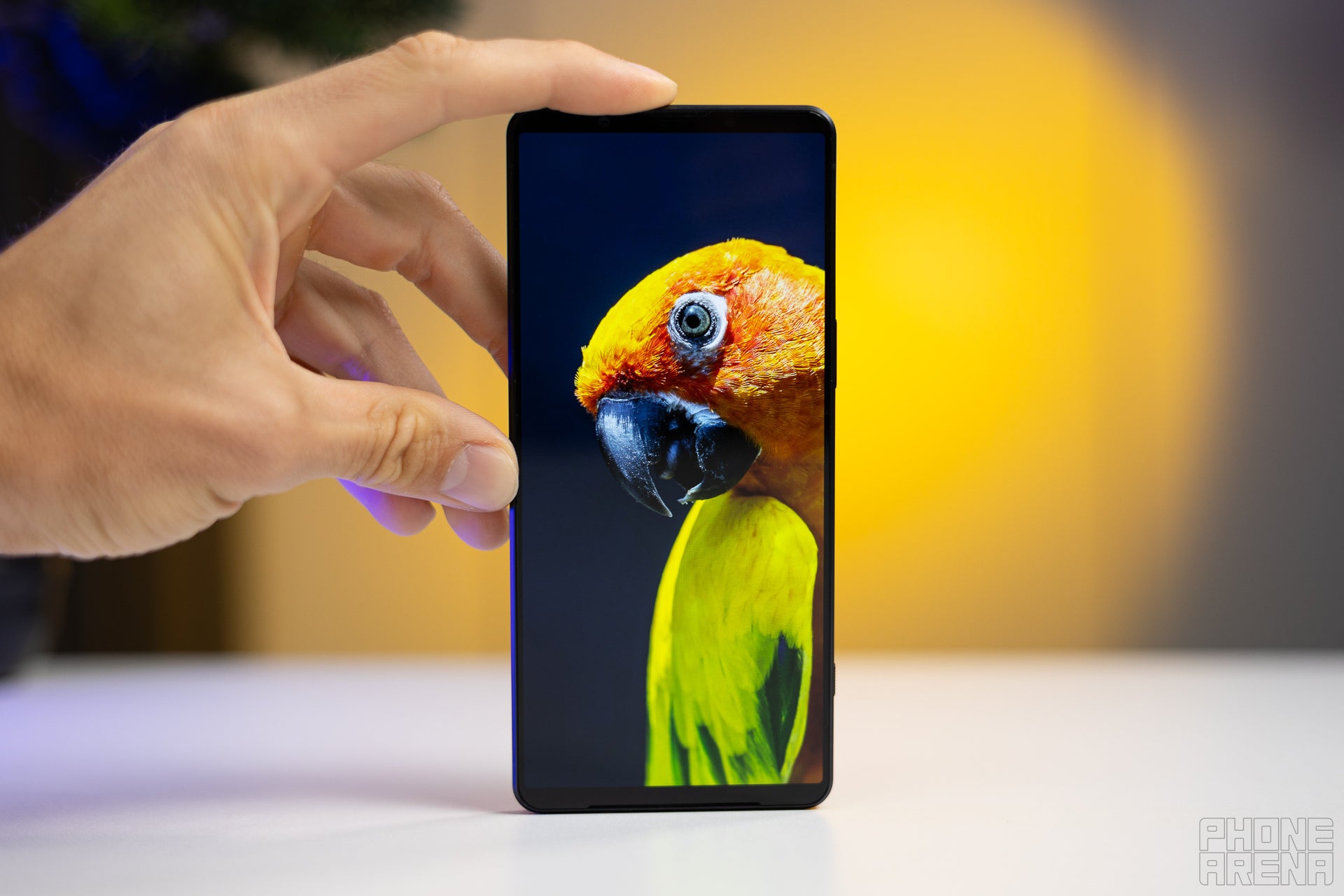
Brighter but no 4K resolution
Time to talk about the display because there are changes in that area. There's some good news and some bad news, as always. The good news is that Sony finally decided to go LTPO, and the Xperia 1 VI supports a variable 1-120Hz refresh rate.
Sony also says that the brightness has been bumped up by 50%, but we need to test this in our lab to give you some hard numbers on the subject. The bad news, however, is that the resolution has been downgraded to FHD+ (1080x2340), so no more 4K goodness. What's more, FHD resolution on a 6.5-inch screen doesn't translate to a very high PPI (396, to be exact), and it's arguably one of the flagship phones with the fewest pixels per inch out there.
Sony also says that the brightness has been bumped up by 50%, but we need to test this in our lab to give you some hard numbers on the subject. The bad news, however, is that the resolution has been downgraded to FHD+ (1080x2340), so no more 4K goodness. What's more, FHD resolution on a 6.5-inch screen doesn't translate to a very high PPI (396, to be exact), and it's arguably one of the flagship phones with the fewest pixels per inch out there.
Now, when it comes to brightness, the Xperia 1 VI delivers on the promise of a 50% bump and then some. It actually managed almost 1,500 nits in our display test, which is up there with the brightest flagships. Good job, Sony. The color temperature of this new panel is on the colder side, even in Creator Mode, but this can be fixed by manually adjusting the temperature. Color accuracy and minimum brightness are also excellent.
The usual side-mounted capacitive fingerprint scanner is on duty here. Normally, I like physical fingerprint scanners, but Sony has had a fair share of issues with those over the years. This one works well, but due to its tiny surface area, I advise you to add two separate scans of the same finger to ensure maximum coverage and minimum failed attempts.
Sony Xperia 1 VI Camera
Look, I can see my house from here!

There's some extended zoom range in there (Image by PhoneArena)
Rather disappointingly, the Xperia 1 VI uses the exact same 48MP sensor for its main camera, the Exmor T for mobile, as its predecessor. This dual-layer transistor-pixel 1/1.35" sensor sits under an f/1.9 lens, so there are no hardware upgrades on that front. Sony claims the company's using Sony AI in the background for things like white balance, exposure, and depth, and also to offer eye-tracking autofocus.
The ultrawide camera is also carried over from the previous model. It's the same 12MP, 1/2.5" Exmor RS sensor under an f/2.2 lens. There are some changes to the telephoto camera. It now supports zoom ranges from 85mm to 170mm (3.5x to 7.1x) with everything in between, as the system can move the lens smoothly between the various focal lengths. Time for some samples.
Photos from the main camera look very detailed (you can also snap images at full 48MP resolution). Colors are quite natural, not overly saturated or boosted in any way. Surprisingly, the dynamic range is a bit lacking, especially in gloomy and cloudy conditions, and sometimes pictures turn out a little flat.
Main Camera
Photos from the main camera look very detailed (you can also snap images at full 48MP resolution). Colors are quite natural, not overly saturated or boosted in any way. Surprisingly, the dynamic range is a bit lacking, especially in gloomy and cloudy conditions, and sometimes pictures turn out a little flat.
Ultrawide Camera
The ultrawide samples are not as detailed as the ones from the main camera, and furthermore, the colors look a bit washed out, especially if you put them side by side. The dynamic range isn't great, either. Pictures are not bad or anything, but not as impressive as we expected them to be, given the solid camera tech inside this phone.
Zoom Quality
The Xperia 1 VI can do 85mm to 170mm (3.5x to 7.1x, respectively) and everything in between. At both zoom ends, photos look a bit uninspiring and not that impressive, given we're talking about optical zoom here. At 7.1x, the images seem a bit overexposed and washed out, compared to the 3.5x samples, and there's definitely some loss of sharpness. The dynamic range also suffers at higher magnification, and the above applies to the zoom range between 3.5x and 7.1x as well.
Again, we wouldn't call these samples bad or anything, it's just that the expectations are very high with the fourth generation of the variable zoom system. It's also worth mentioning that the telephoto camera system is very sensitive to the lighting conditions around, and you can definitely get better results on a bright and sunny day.
Selfies and portraits look rather good, on the other hand, with plenty of detail and nice natural bokeh, even on the front camera. You can, of course, use the telephoto to frame a nice portrait, and we found the 3.5x to work best for that kind of thing.

The Xperia 1 VI can record 4K video with up to 120 frames per second. 4K videos look quite good, with a wide dynamic range, natural colors, and decent noise levels, at least in good lighting conditions. Zooming in while recording sacrifices some of the sharpness, and image stabilization can only do so much, especially at high magnification levels.
Selfies and Portraits
Selfies and portraits look rather good, on the other hand, with plenty of detail and nice natural bokeh, even on the front camera. You can, of course, use the telephoto to frame a nice portrait, and we found the 3.5x to work best for that kind of thing.
Video Quality

The Xperia 1 VI can record 4K video with up to 120 frames per second. 4K videos look quite good, with a wide dynamic range, natural colors, and decent noise levels, at least in good lighting conditions. Zooming in while recording sacrifices some of the sharpness, and image stabilization can only do so much, especially at high magnification levels.
Sony Xperia 1 VI Performance & Benchmarks
Is that a vapor chamber?
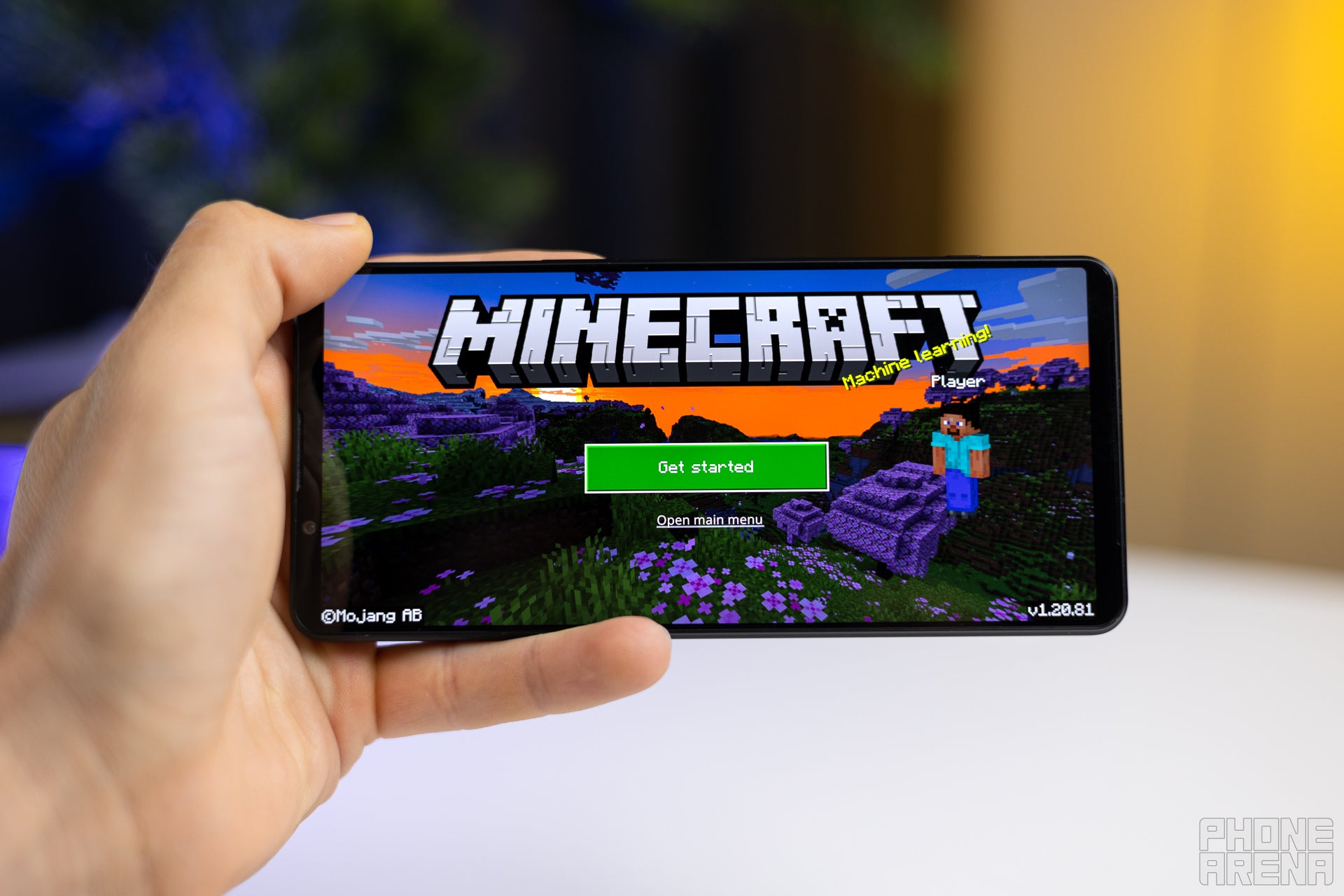
No more overheating issues hopefully (Image by PhoneArena)
The processor inside the Xperia 1 VI is, unsurprisingly, the latest Qualcomm silicon, the Snapdragon 8 Gen 3. What's surprising, though, is that Sony has finally decided to put a vapor chamber cooling inside, potentially alleviating the overheating issues we experienced with some models in the past.
The Xperia 1 VI comes with 12GB of RAM, and it is available in two storage options, with 256GB and 512GB of onboard memory. Fret not, because the microSD card slot is still here, alive and kicking, and it supports cards with up to 1.5TB capacity.
The synthetic benchmark scores confirm my suspicion that the Xperia 1 VI is a capable flagship up there with other Snapdragon 8 Gen 3 phones. The heat dissipation has been improved as well, both looking at the scores and subjectively holding the phone in hand while doing the tests. In real-life scenarios, the phone feels snappy and responsive, as you might expect from a top-of-the line model.
Sony Xperia 1 VI Software
There's one big change on the software front, and no, it's not AI. Even though Sony apparently uses AI to fortify its photography prowess, the company hasn't unveiled a dedicated AI such as Gemini or Galaxy AI.
The change we're talking about concerns the camera app. In the past, there were several apps, each taking care of one department in the camera store, so to speak. There was the photography pro app, then videography pro, and cinema pro, which governed the Hollywood-like movie-recording experience. Now those apps have all merged into one, called just Camera. Everything "Pro" is still inside, but Sony finally decided to make things simple for the non-pro user.
Other than that, it's a typical Sony experience. Pretty clean Android with a bunch of extra features here and there. The phone comes with three years of major OS updates, and four years of security patches. Nothing like the seven years Google and Samsung are offering but still pretty solid.
Other than that, it's a typical Sony experience. Pretty clean Android with a bunch of extra features here and there. The phone comes with three years of major OS updates, and four years of security patches. Nothing like the seven years Google and Samsung are offering but still pretty solid.
Sony Xperia 1 VI Battery
A solid 5,000mAh cell
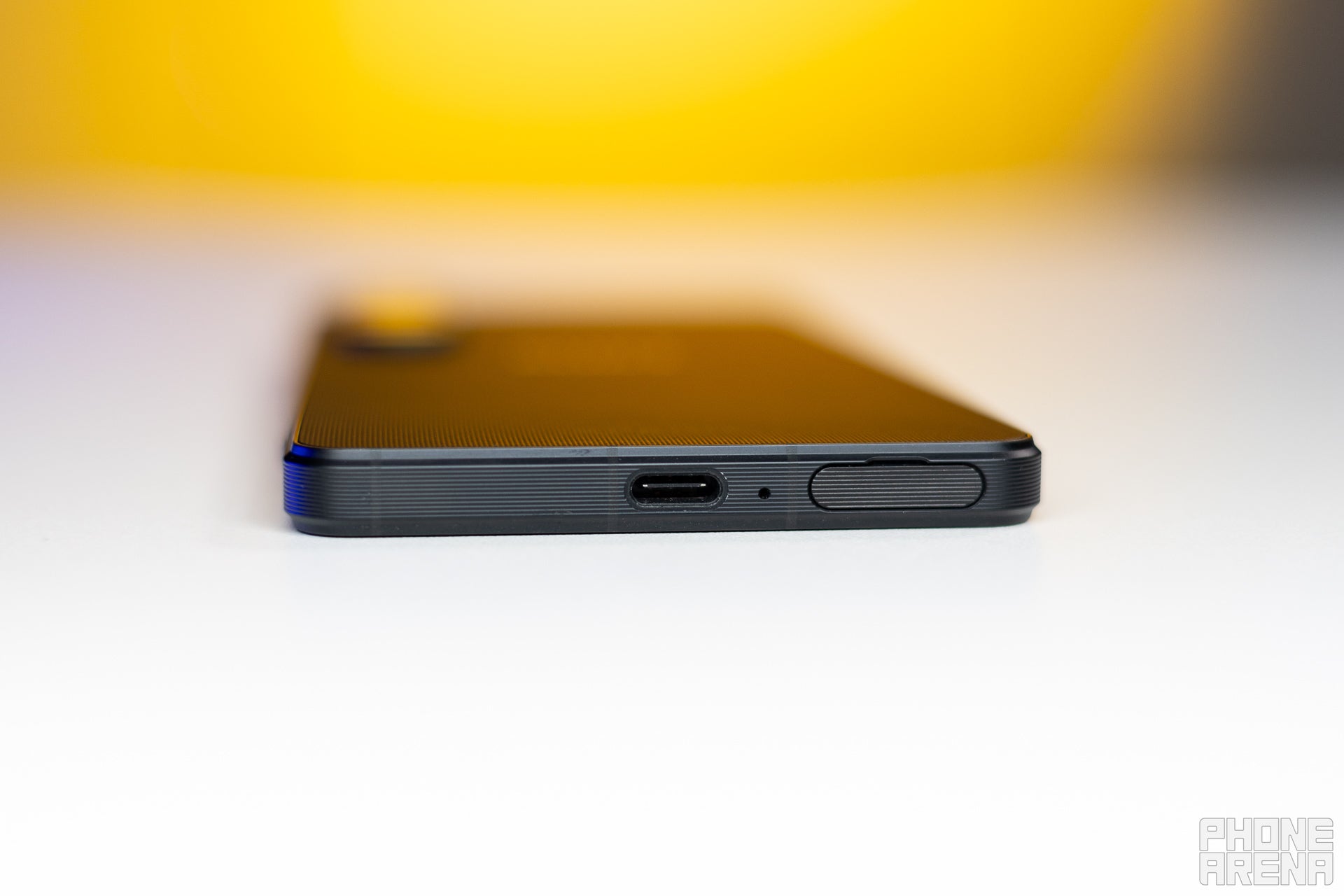
Fast charging isn't very fast on the Xperia 1 VI (image by PhoneArena)
Sony advertises new materials and higher density for the battery of the Xperia 1 VI, but the end result is still a 5,000mAh cell, just like the one in the previous model.
The difference is that now, when the phone finally has a 1-120Hz variable refresh rate and the screen has a tiny fraction of the pixels the predecessor had, Sony claims it's a two-day phone. We were able to verify this claim, at least to some extent, during our battery tests.
The difference is that now, when the phone finally has a 1-120Hz variable refresh rate and the screen has a tiny fraction of the pixels the predecessor had, Sony claims it's a two-day phone. We were able to verify this claim, at least to some extent, during our battery tests.
For a flagship phone with a Snapdragon 8 Gen 3 processor, the Xperia 1 VI managed impressive browsing results, mainly thanks to the new LTPO screen and the fewer pixels to be pushed by the GPU. The gaming score is also pretty impressive, and again, we can attribute that to the FHD resolution (only 2 million pixels in comparison to 8 million on 4K displays). Can the Xperia 1 VI last two full days on a single charge? Probably, if you don't push it too much. Was it worth sacrificing the 4K screen? We really don't know the answer to that question.
PhoneArena Battery Test Results:
On the charging side, there seems to be no change. Sony doesn't list the exact speeds supported, but we assume it's 30W wired with support for 15W wireless charging. Looking at the charging results below, we're pretty sure the charging speeds were left untouched when the production model left the Sony lab. Which is a shame because 81 minutes for a full charge sound like a lot. On the other hand, the competition in the face of the iPhone 15 Pro Max, and the Galaxy S24 Ultra isn't brilliant either. If you need fast charging, you should probably turn toward brands such as Motorola, OnePlus, and Honor.
Sony Xperia 1 VI Audio Quality and Haptics
The Xperia 1 VI comes equipped with a stereo, front-facing speaker system. In our humble opinion, this is the right way to make smartphone speakers. The sound is balanced and uniform, and the stereo effect is much more prominent with such a setup. The sound is detailed and harmonically rich, and there's a good amount of bass in it. It's pleasant and loud—maybe not as loud as audio champions such as ROG phones and the Honor Magic Pro 6, but loud enough.
And, of course, you have the benefit of the headphone jack. Sony stubbornly refuses to get rid of it, and laughs at all the excuses others are making to not include such a quality of life improvement. Haptics are decent, not too strong, and not too pronounced, they do the job without too much fanfares.
Should you buy it?
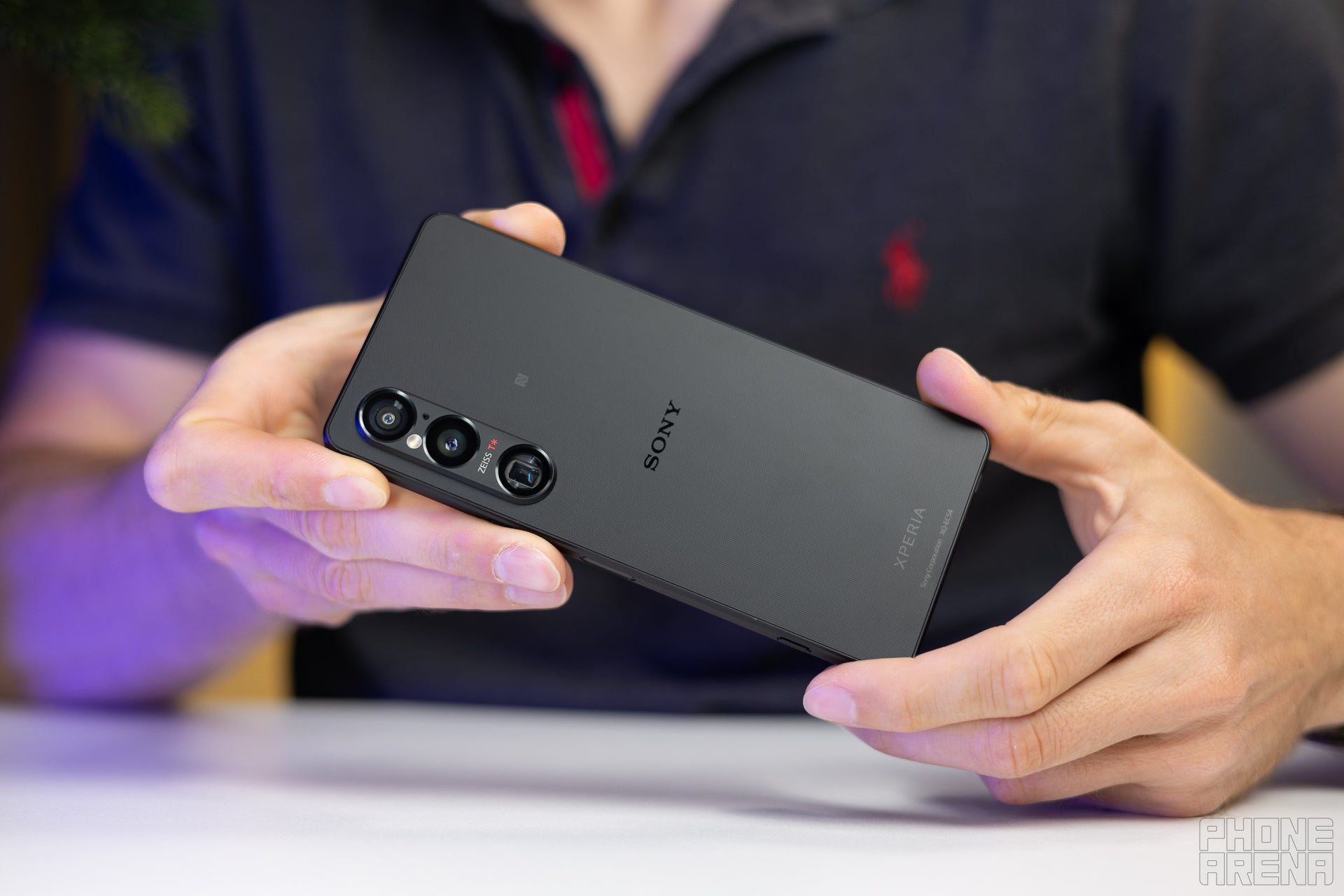
A Sony flagship with a FHD display... Will this work? (image by PhoneArena)
This is a tough question, especially when we factor in the asking price. If you're a Sony fan, you're probably glad that the Japanese company still continues its smartphone journey. Some of you may perceive the FHD+ screen as a downgrade, but don't forget, it's LTPO now and quite brighter than the panel on the previous model.
The software experience has been revamped as well, and now it's much more suited to the regular user and not the extreme photography enthusiast. Whether or not this change of direction will translate into sales, we don't know yet.
Sony kind of took a leap of faith with this model. Has it worked? Yes, and no. Asking $1,399 after a clear downgrade in resolution won't make people happy. The new aspect ratio makes the phone modern and familiar but takes away the cool and original vibe the previous Xperia flagships had.
On the other hand, now the Xperia is better equipped than ever to take on mainstream warriors such as the upcoming Galaxy S25 Ultra and the iPhone 16 Pro Max. With the simplified Camera app, and snappy performance, there's a chance more people will take the same leap of faith and opt for the Xperia 1 VI.
The software experience has been revamped as well, and now it's much more suited to the regular user and not the extreme photography enthusiast. Whether or not this change of direction will translate into sales, we don't know yet.
Sony kind of took a leap of faith with this model. Has it worked? Yes, and no. Asking $1,399 after a clear downgrade in resolution won't make people happy. The new aspect ratio makes the phone modern and familiar but takes away the cool and original vibe the previous Xperia flagships had.
On the other hand, now the Xperia is better equipped than ever to take on mainstream warriors such as the upcoming Galaxy S25 Ultra and the iPhone 16 Pro Max. With the simplified Camera app, and snappy performance, there's a chance more people will take the same leap of faith and opt for the Xperia 1 VI.
There's a third option here. The upcoming Xperia 1 VII! If you lament the loss of the 4K display and want more power, more zoom, and potentially more battery life, maybe you should wait for the next Xperia flagship. It shapes up to be a very potent device with a Snapdragon 8 Elite on board, a new 70-200mm telephoto camera, and a high-resolution 4K screen.













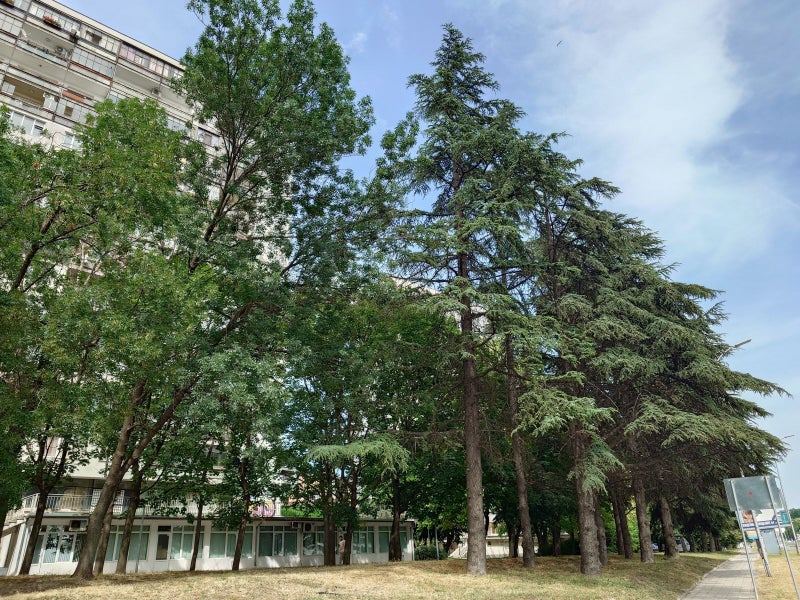

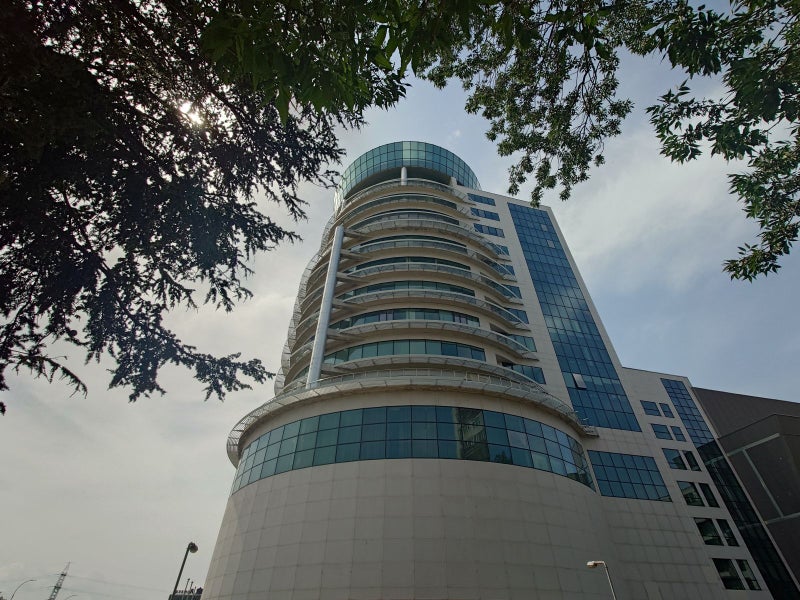
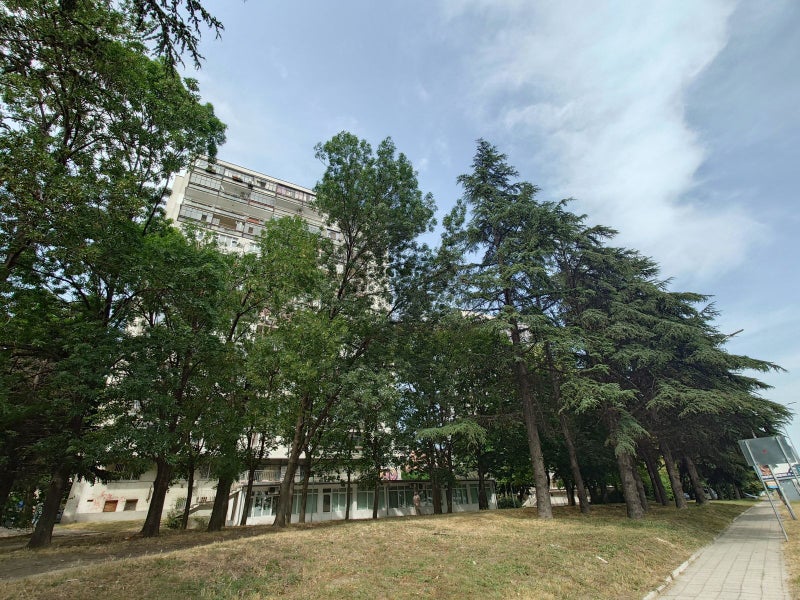







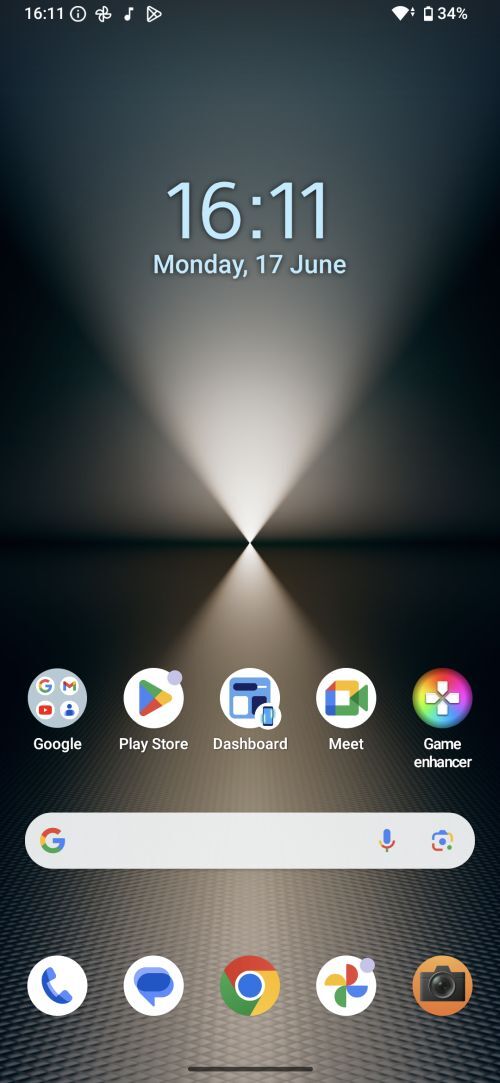
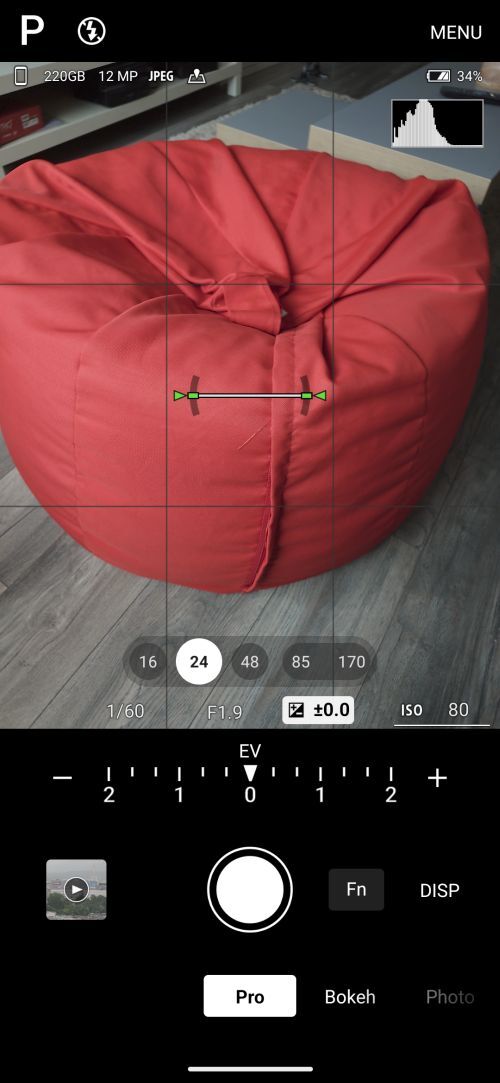
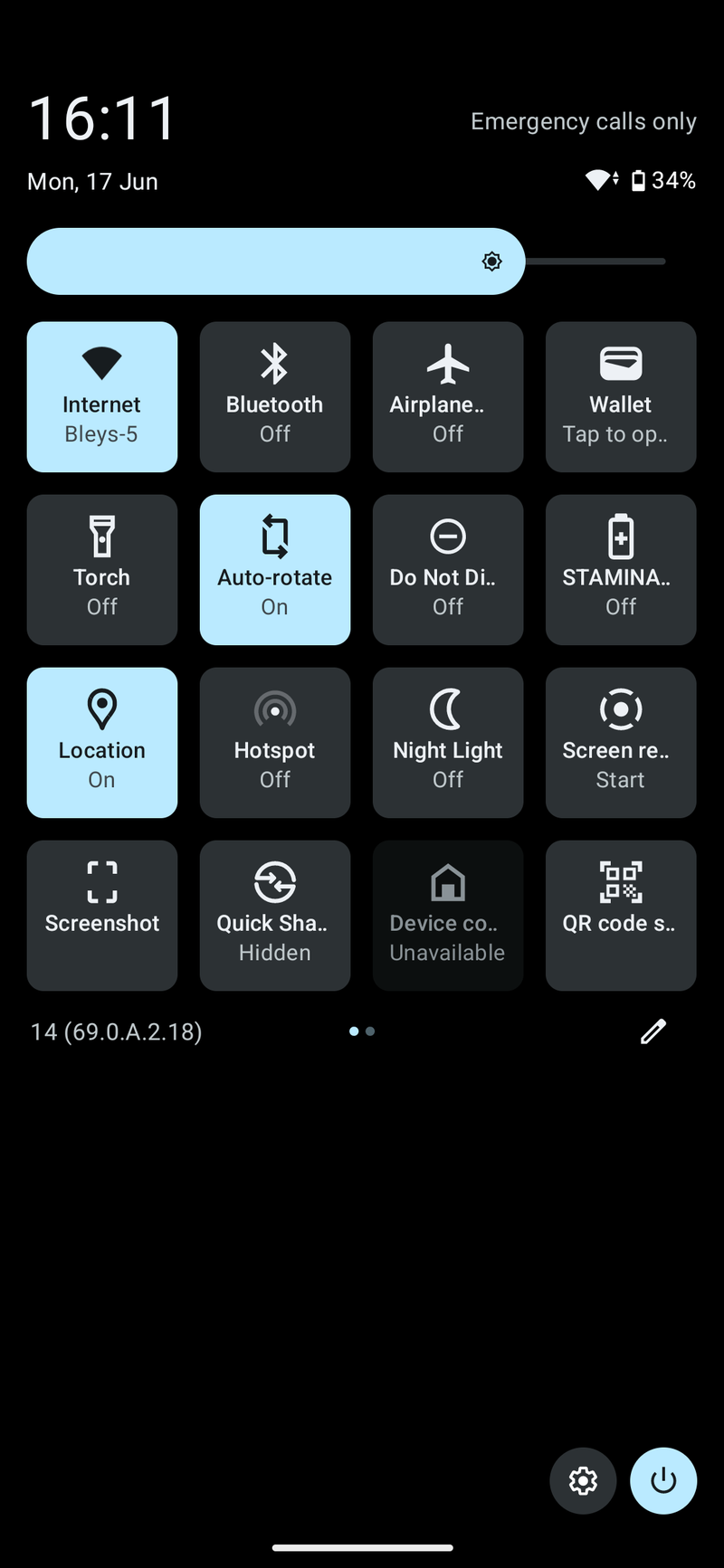
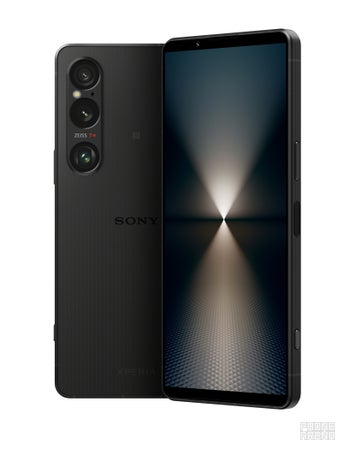













Things that are NOT allowed: